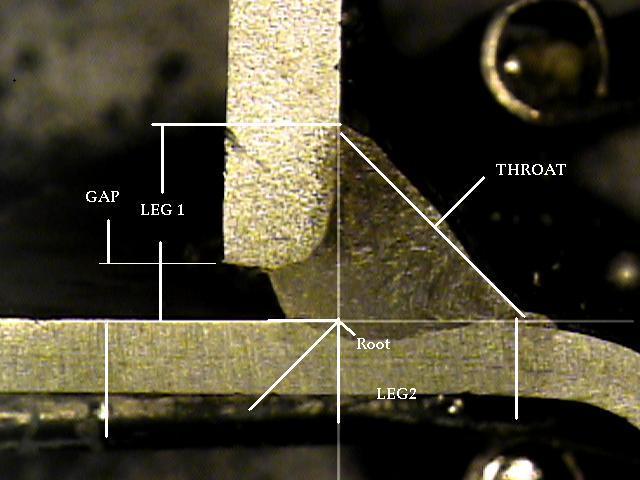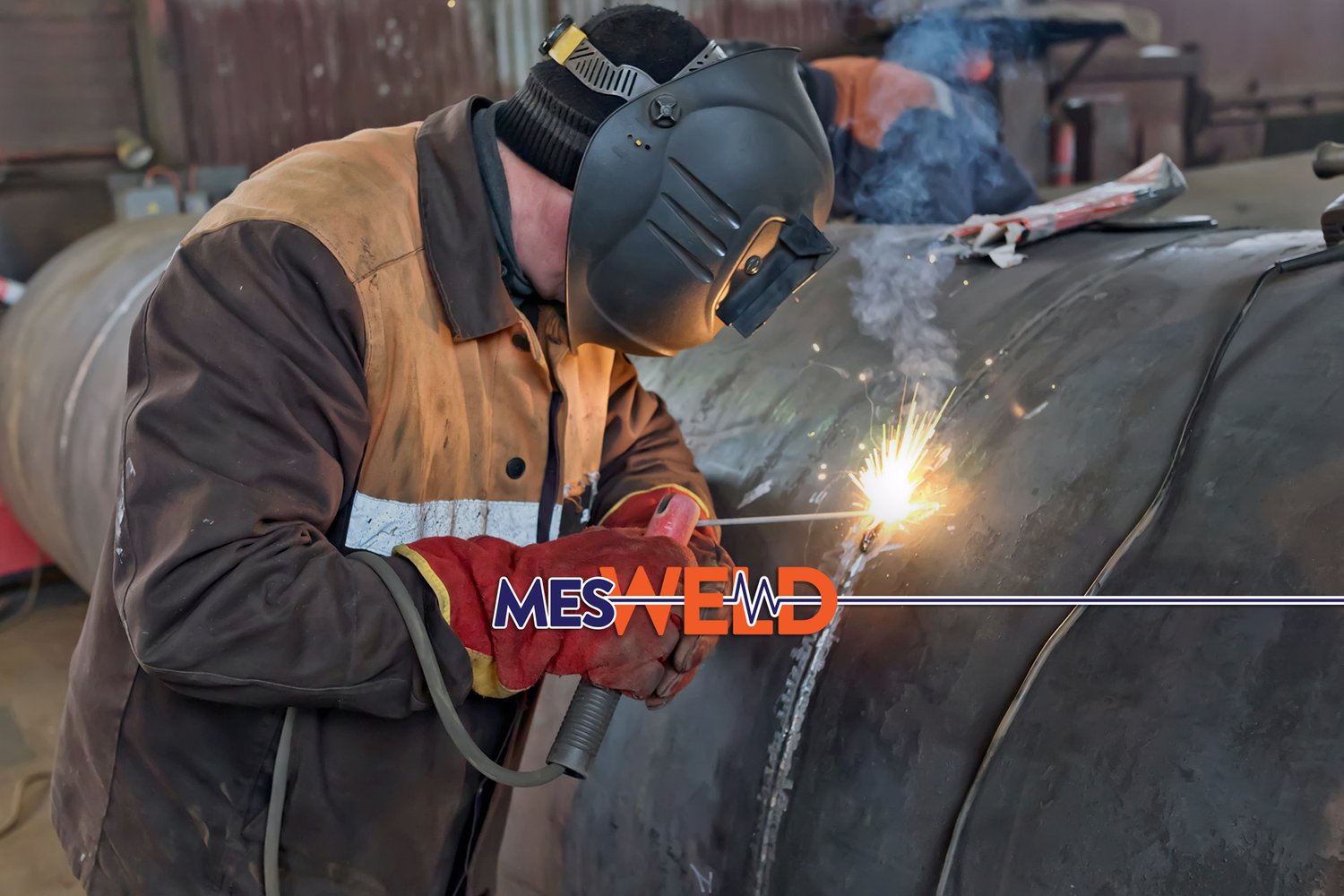Recognizing the Fundamentals of Welding Assessment to Make Certain Top Quality and Safety
In the realm of modern-day engineering, welding examination stands as a foundation for ensuring both the top quality and safety of architectural creations. What are the subtleties of these inspection approaches that make them important for keeping structural stability?

Relevance of Welding Inspection
In the realm of industrial fabrication, the importance of welding evaluation can not be overstated. Welding evaluation plays an important duty in ensuring the honesty, safety and security, and long life of bonded frameworks (Welding Inspection Madison).
The procedure of welding naturally includes complex variables, including temperature level, material homes, and environmental conditions, every one of which can influence the quality of the weld. A complete assessment identifies issues such as fractures, porosity, and incomplete fusion, which can endanger the stamina and integrity of the weld. By identifying these problems early, rehabilitative actions can be taken, thereby minimizing the risk of failing and associated prices.
Additionally, welding examination contributes to governing compliance, as several industries are governed by rigorous safety requirements and standards. Failure to stick to these policies can cause legal obligations and punitive damages. Eventually, welding examination not only safeguards physical frameworks yet also supports and shields human lives industry track records.

Key Welding Evaluation Approaches
Although welding evaluation is essential to guaranteeing the high quality and safety and security of bonded frameworks, it is the particular techniques employed that identify the performance of the examination procedure. Trick welding inspection methods can be broadly categorized into non-destructive screening (NDT) and harmful screening. Non-destructive screening approaches such as aesthetic evaluation, ultrasonic screening, radiographic screening, magnetic particle screening, and liquid penetrant screening are mostly made use of to assess the residential or commercial properties of a weld without triggering damages. Aesthetic inspection is commonly the initial step, involving a detailed examination of the weld's surface for problems like splits or porosity.
Ultrasonic and radiographic screening are extra advanced strategies that permit assessors to evaluate the interior stability of the weld. Ultrasonic screening makes use of high-frequency acoustic waves to detect suspensions, while radiographic screening uses X-rays or gamma rays to generate a picture of the weld's interior. Magnetic particle screening and fluid penetrant testing are surface evaluation approaches utilized to situate surface area and near-surface flaws. On the other hand, destructive screening approaches entail literally cutting the weld or breaking to assess its mechanical buildings. These detailed assessment approaches guarantee that welds meet sector standards and safety and security requirements, thus ensuring structural stability and efficiency.
Duty of Licensed Assessors
Certified assessors play an essential duty in the welding inspection process, guaranteeing that all welds conform with stringent industry requirements and security regulations. Their expertise is necessary in identifying issues or irregularities that might endanger the architectural integrity of a weld. By thoroughly checking out each weld, certified examiners aid prevent possible failings that can result in hazardous crashes or pricey repair work.
To end up being certified, examiners need to undergo extensive training and screening, which acquaints them with various welding techniques, products, and screening approaches. This thorough knowledge enables them to examine weld high quality successfully and make notified judgments regarding their safety and integrity. Furthermore, qualified assessors are skillful in interpreting specifications and blueprints, making certain that the welding work straightens with the task's style demands.
An important component of their duty is to record their searchings for thoroughly, providing a comprehensive record of the assessment procedure. Their web payment is essential in preserving high degrees of top quality and safety and security in welding operations.

Devices Utilized in Welding Assessment
Welding examiners rely upon a range of specialized tools to perform their responsibilities efficiently, making sure each weld satisfies the needed requirements. Among these devices, aesthetic assessment aids like magnifying glasses and mirrors are fundamental, allowing assessors to carefully analyze welds for surface issues such as fractures, porosity, and undercut. Calipers and fillet weld evaluates are important for gauging weld measurements to verify conformity with style specifications.
Advanced devices prolong beyond aesthetic help, including non-destructive testing (NDT) equipment. Ultrasonic screening gadgets are critical in spotting subsurface imperfections, using audio waves to expose inner interruptions without endangering the weld's stability. Similarly, radiographic screening uses X-rays or gamma rays to catch images of a weld's inside, highlighting prospective defects.
Magnetic bit testing is an additional vital tool, especially for spotting surface area and near-surface gaps in ferromagnetic materials. By applying magnetic areas and ferrous particles, inspectors can determine defects that might or else be unnoticeable.
Dye penetrant examination is commonly used for non-ferrous materials, giving a contrast-enhanced visual look for surface-breaking problems. Welding Inspection Madison. With each other, these devices allow welding assessors to comprehensively analyze weld quality, making certain safety and dependability in various applications across markets
Making Sure Architectural Integrity

Welding treatments need to follow recognized standards and codes, such as those defined by the American Welding Society (AWS) or the International Company for Standardization (ISO) These guidelines guarantee that the welds can withstand functional tensions and environmental aspects. Certified and certified welders play a crucial function in this process, as their expertise makes sure that techniques are used correctly, lessening defects such as splits, porosity, and incomplete blend.
Post-weld evaluation is an additional vital component of validating structural stability. Non-destructive screening (NDT) methods, consisting of ultrasonic testing and radiographic testing, are used to spot subsurface problems without compromising the welded framework. These inspections verify that the welds fulfill the needed high redirected here quality criteria, providing assurance of their toughness and reliability. Ultimately, making sure architectural integrity in welding not only safeguards human lives however additionally protects investments and improves the long life of crafted structures.
Verdict
The principles of welding examination are crucial for keeping the top quality and security of welded structures. By implementing key inspection methods, such as aesthetic analyses and non-destructive screening, prospective flaws that might compromise structural integrity are recognized. Qualified examiners are vital in making sure compliance with industry criteria and reliable communication among stakeholders. Using specialized tools better improves the assessment process, ultimately safeguarding human lives and lengthening the life expectancy of welded constructions.
Welding assessment plays a vital role in making certain the honesty, safety, and longevity of bonded structures.Although welding evaluation is crucial to ensuring the high quality and safety of welded frameworks, it is the certain approaches utilized that identify the performance of the examination procedure. Key welding assessment techniques can be generally categorized right into non-destructive screening (NDT) and destructive testing.Qualified inspectors play a crucial role in the welding assessment procedure, making sure that all welds comply with rigid industry criteria and safety guidelines.The fundamentals of welding examination are important for keeping the quality and safety and security of welded structures.